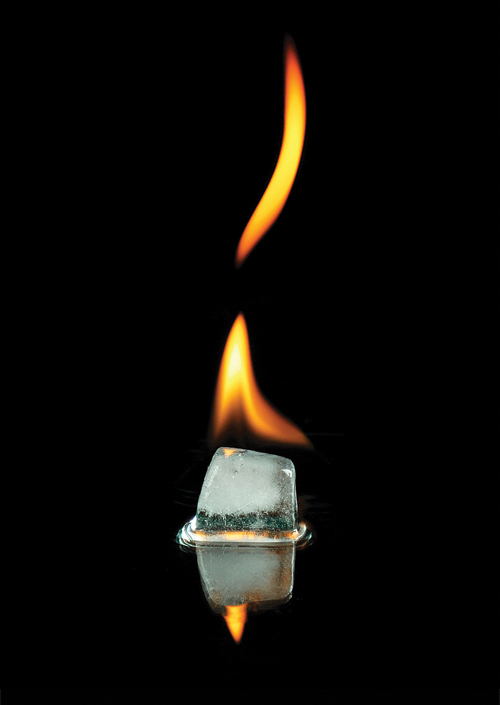 Without sufficient storage capabilities, alternative energy is inconsistent and unreliable. Richard Peterson, professor of mechanical engineering at Oregon State University, is developing a thermal energy storage system that competes with current energy storage methods.
Without sufficient storage capabilities, alternative energy is inconsistent and unreliable. Richard Peterson, professor of mechanical engineering at Oregon State University, is developing a thermal energy storage system that competes with current energy storage methods.
 Without sufficient storage capabilities, alternative energy is inconsistent and unreliable. Richard Peterson, professor of mechanical engineering at Oregon State University, is developing a thermal energy storage system that competes with current energy storage methods. Today, water and batteries are among the most common storage methods. Water can be pumped from a low elevation to a high elevation and then released when energy is needed, but this method relies on geographic features of the land such as mountains or hills and requires a large area; batteries use chemical reactions to store and release energy but are expensive. Thermal energy storage systems have been considered impractical because they are inefficient, but Peterson’s system changes that by storing energy in tanks in the form of “ice slurry.” As the ice melts the energy that is released is recaptured and used. Heat expelled from geothermal sources or industrial manufacturing plants can be incorporated into the process to make the system as efficient as other energy storage systems. “We could integrate into business enterprises that have a source of waste heat readily available,” Peterson says. The storage system can be scaled to fit large power plants, wind farms or private businesses.
Without sufficient storage capabilities, alternative energy is inconsistent and unreliable. Richard Peterson, professor of mechanical engineering at Oregon State University, is developing a thermal energy storage system that competes with current energy storage methods. Today, water and batteries are among the most common storage methods. Water can be pumped from a low elevation to a high elevation and then released when energy is needed, but this method relies on geographic features of the land such as mountains or hills and requires a large area; batteries use chemical reactions to store and release energy but are expensive. Thermal energy storage systems have been considered impractical because they are inefficient, but Peterson’s system changes that by storing energy in tanks in the form of “ice slurry.” As the ice melts the energy that is released is recaptured and used. Heat expelled from geothermal sources or industrial manufacturing plants can be incorporated into the process to make the system as efficient as other energy storage systems. “We could integrate into business enterprises that have a source of waste heat readily available,” Peterson says. The storage system can be scaled to fit large power plants, wind farms or private businesses.

